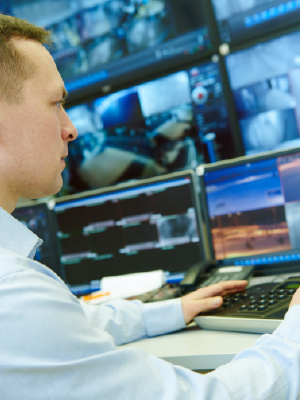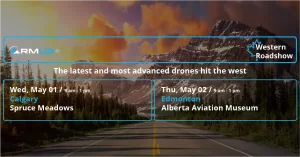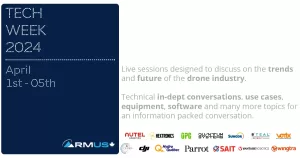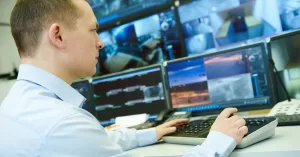What is DFR and how is it changing emergency response?
Drones are not new, but their widespread use and adoption across many areas of society means their capabilities and effectiveness are evolving at an astonishing rate. The development of drone technology is proving to have enormous potential for public safety and is changing the emergency response paradigm.

Emergency response agencies face a constant need to maximize available resources while striving to make their incident response safer, more efficient, and more effective. Their ultimate goal is the protection of human life whether the human is a member of the public or one of their own responders, everything else is secondary.
Drones are an efficient and cost-effective means to respond quickly to a variety of incidents. Their ability to provide a new level of real time situational awareness and to do so remotely while keeping the human out of harm’s way is improving the safety of both he public and the responders and changing the way we think about emergency response.
What is DFR?
The use of robots by public safety is not new. Whether they are in the air, on the ground, or in the water, their purpose is has always been to do the dark, difficult, or dirty work while keeping their human operators at a safe distance.
Recent advancements in drone technology mean the aerial systems can now be regularly deployed from a remote location such as a roof top and be above an incident minutes after the first reports of an incident and before the initial responders arrive on scene.
Here is how a DFR event might develop:

Following a 9-1-1 call, a drone is launched from a nearby rooftop.
The pilot is a highly trained public safety operator capable of safely navigating the
system to its destination.
Arriving within moments of the first call being received, the drone can provide
real time images sending them back to the dispatch centre, the responding emergency units, and commanders or other decision makers.
The information it provides includes real time details on scene hazards, the number of victims and their status, safe routes in, and evidence that may disappear during the initial response efforts.


This capability to arrive on scene before the traditional first units and to provide vital decision-making information s based on the ability to be “virtually” on scene now makes the drone the “first” first responder.
Potential Benefits:

Faster response time:
Able to be launched immediately and fly above traffic and straight to an incident, drones can arrive on scene within minutes of the first call and before the first ground units arrive.

Situational awareness:
Drones can be equipped with a variety of systems. All the information they collect can be streamed in real time and simultaneously to a dispatch centre, responding units and incident commanders or shared with other agencies enabling efficient and effective decisions.

Investigative support:
The speed and capability a drone can bring to in incident in its early stages can often result in images and evidence being captured that might otherwise be lost during the subsequent response.
Conclusions:
The ability to respond and quickly assess an event is the foundation of emergency response processes. Drones are providing a dramatic new capability to not only be on scene within minutes of an initial call
but to also provide high resolution images to enable a much faster and more accurate decision-making process. They are doing all this while keeping the human operator at a safe distance.
The systems are proving they have significant potential to improve our overall emergency response systems for both the public and the responders themselves.
Subscribe
For more news, videos, events and webinars. Subscribe to our newsletter



